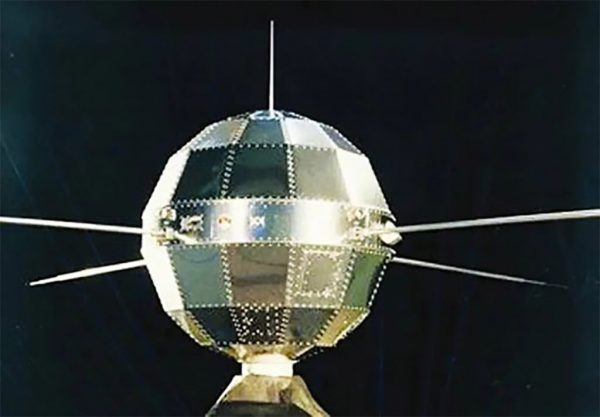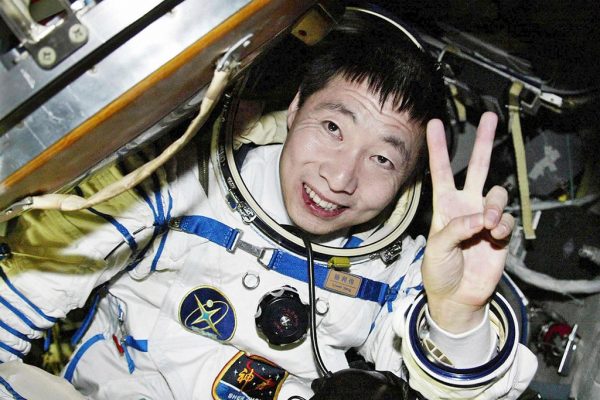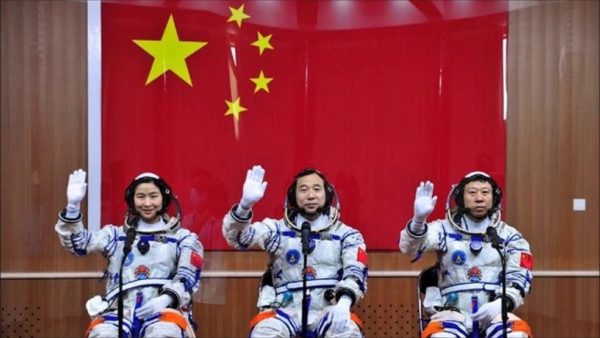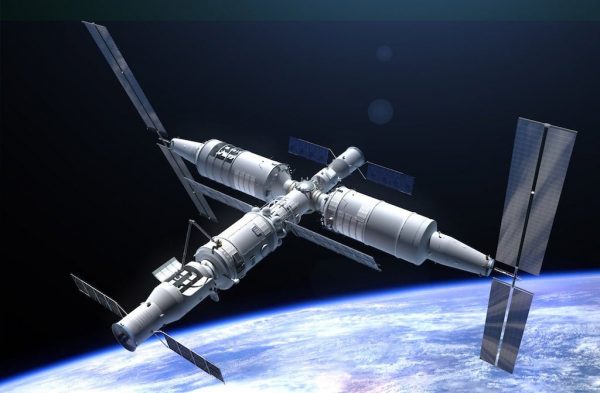With Mars on the horizon, China's space industry is moving at an exponential rate to get there
Although still behind the USA regarding exploration, China has the advantage of learning the challenges and failings of previous countries in order to move swiftly and relatively quickly through the stages of the space industry. The achievements they have made in such a small amount of time can hopefully incite another space race, this time the destination, Mars and beyond. Below is a brief timeline of how far they have come and the plans for CNSA’s (China National Space Administration) future.
1958 – China Announces its space program.

1970 – China Launches its first earth-orbiting satellite Dong Fang Hong I. Dong Fang Hong I was to perform tests such as reading ionosphere and atmosphere levels and was a 173kg, 72 faced polyhedron which spun 120 times per minute for stabilisation. It is currently still in orbit.
1975 – China launches and retrieves a recoverable satellite.
1984 – China Launches its first communications satellite.
1995 – A Long March 2E rocket carrying a telecommunication satellite explodes on liftoff killing 6 people.
1999 – China Launches first unmanned spacecraft Shenzhou 1.
2003 – Astronaut Yang Liwei orbits the Earth 14 times in the Shenzhou 5 capsule. He is the first Chinese man in space.

2007 – Chang’e-1 China’s moon probe reaches Luna orbit.
2008 – Astronaut Zhai Zhugang conducts a 20-minute spacewalk, the third nation to do so and the first for China.
2010 – Chang’e-2 Luna probe orbits the moon and prepares for a future landing mission.
2011 – China Launches Tiangong – 1 its first orbital space laboratory, and unmanned capsule the Shenzhou 8 completes a rendezvous and docking manoeuvre.
2011 – BeiDou Navigation Satellite System becomes operational to Chinese customers with 10 satellites in use.
2012 – 3 astronauts including Chinese first female astronaut arrive for a 10-day stay at the Tiangong-1 space lab. They arrive via the Shenzhou 9 capsule.

2013 – China’s Moon lander Chang’e-3 and rover, The Jade Rabbit, reach the moon’s surface.
2015 – China Launches its first homemade, solid fuel carrier rocket the Long March 11.
2016 – China completes the world’s largest radio telescope scanning for black holes and alien life.
2016 – China’s second space lab Tiangong -2 is launched.

2016 – China Launches their 6th manned mission, Shenzhou 11.
2017 – China Launches its first cargo spacecraft Tianzhou-1 an integral step to building their space station due in 2022.
2017 – China hopes to land on the far side of the moon.
2017 – Sometime in late 2017 Tiangong 1 will fall back to Earth. It will most likely burn up in the atmosphere, however, China has lost telemetry of the station
2020 – China will launch its first interplanetary mission, with the spacecraft sending an orbiter, lander and rover to Mars
2030 – Samples from Mars will be collected and returned to Earth.





